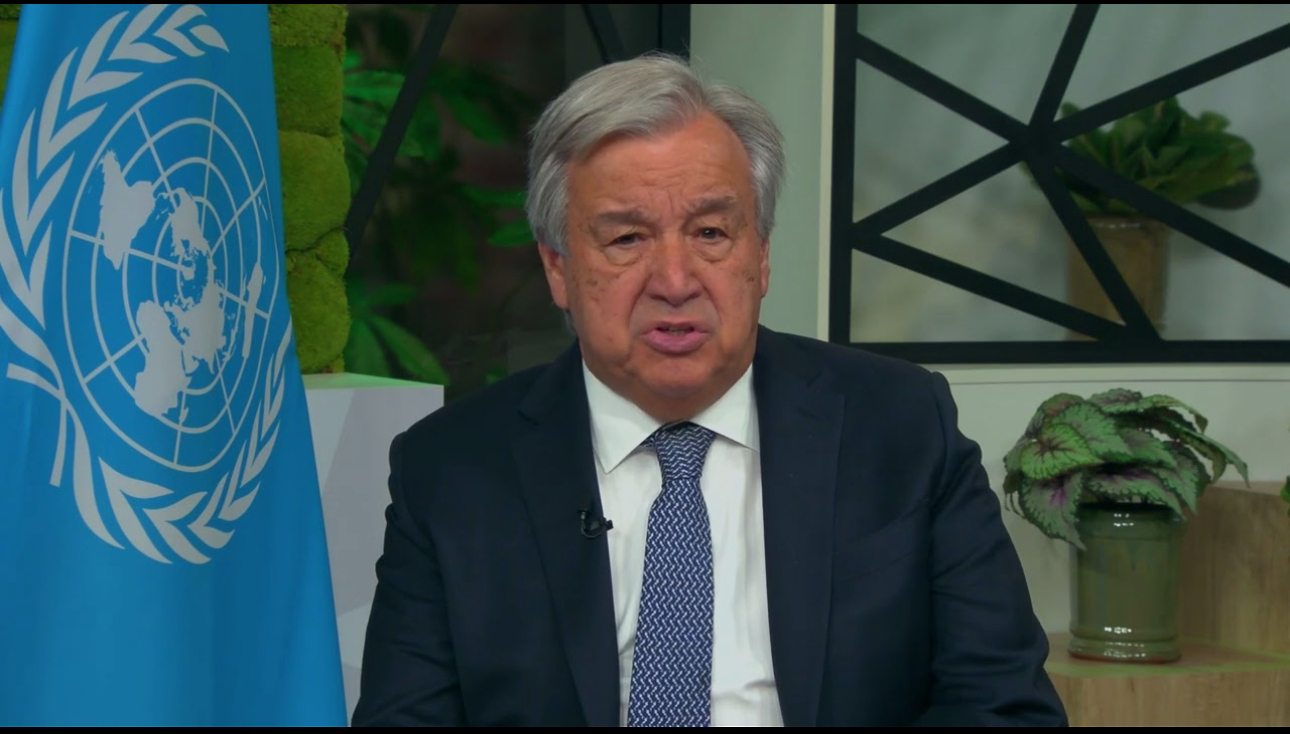BY RAY NDLOVU
Zimbabwean authorities are arresting informal currency traders who they blame for fuelling the latest collapse of the local unit on the black market.
The arrests come four days after Vice President Constantino Chiwenga warned the traders that their activities were undermining government efforts to revive the economy.
Seventy-seven offenders have been arrested since September 28 and barred from accessing any financial services for two years with immediate effect.
The arrests are the latest attempt by the government to try and keep control of its currency, the Zimbabwe dollar, through two decades of economic turmoil.
The local unit was scrapped after a bout of hyperinflation in 2009 and trade in the greenback and other currencies was permitted.
It was reintroduced in 2019 at parity with the American currency but quickly plummeted.
Attempts to keep the official rate stable have often seen the gap with the black-market rate widen.
“The runaway parallel market rate is a concern and it causes dislocations on how the final product is priced,” Kurai Matsheza, president of the Confederation of Zimbabwe Industries, the country’s biggest business group, said by phone.
The Zimbabwe dollar changes hands on the streets of Harare, the capital, for Z$170 per U.S. dollar, while the official rate is Z$88.55.
Its recent drop in value has fuelled inflation, with businesses raising prices to hedge against the currency volatility.
The official inflation rate rose for the first time in eight months in September, reaching 52%.
The Financial Intelligence Unit accused the traders of abusing mobile telecommunications services and social media platforms to promote and facilitate illegal foreign-exchange transactions and money laundering activities, according to John Mangudya, the governor of the central bank.
“The FIU has also requested the Postal and Telecommunications Regulatory Authority of Zimbabwe to bar the said individuals from operating mobile-phone lines,” he said in an emailed statement.
Lawmakers discussed the widening gap between the official and parallel market exchange rate at a pre-budget seminar on Wednesday.
The central bank had to urgently act against companies that accessed foreign currency at the official rate at weekly auctions, but priced their goods and services based on parallel market rates, Gift Mugano, the executive director at Africa Economic Development Strategies, which does policy research, told the seminar. – Bloomberg

 Slider3 years ago
Slider3 years ago
 National4 years ago
National4 years ago
 Tourism and Environment4 years ago
Tourism and Environment4 years ago
 Opinion4 years ago
Opinion4 years ago
 Special reports4 years ago
Special reports4 years ago
 National4 years ago
National4 years ago
 National3 years ago
National3 years ago
 National3 years ago
National3 years ago



